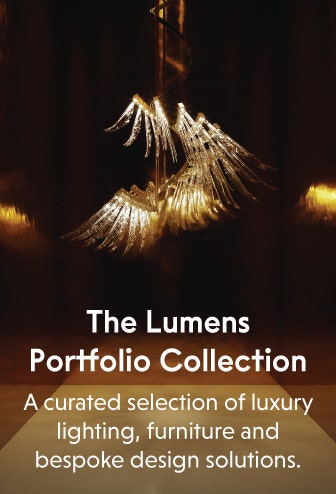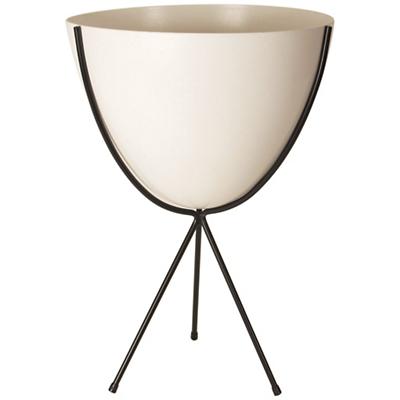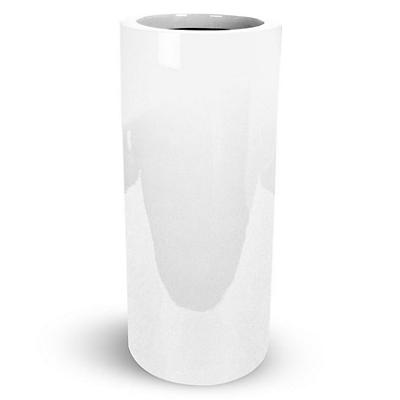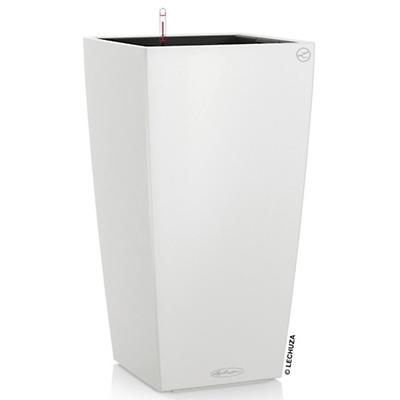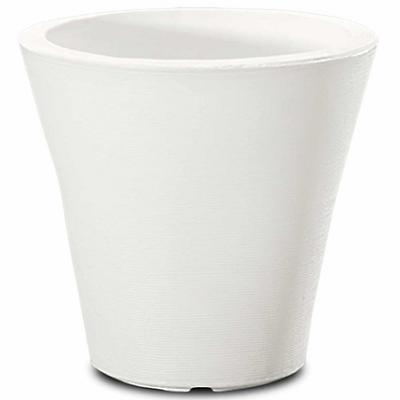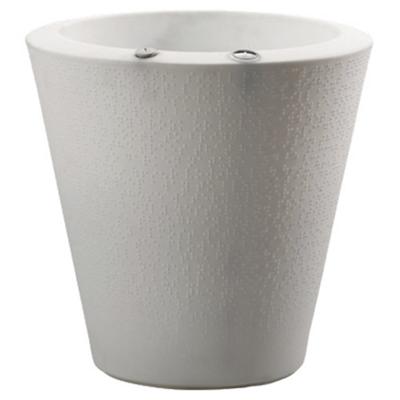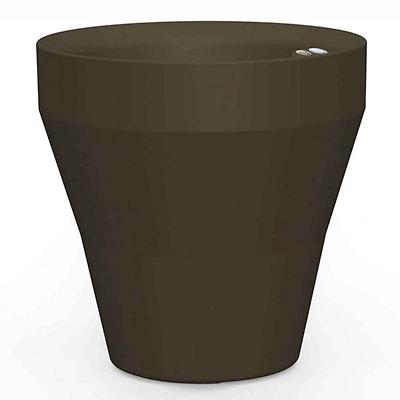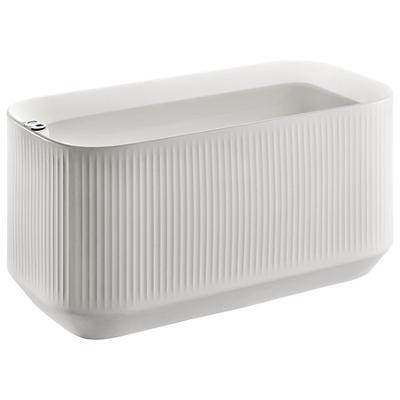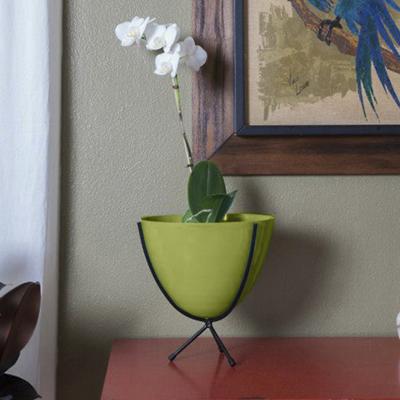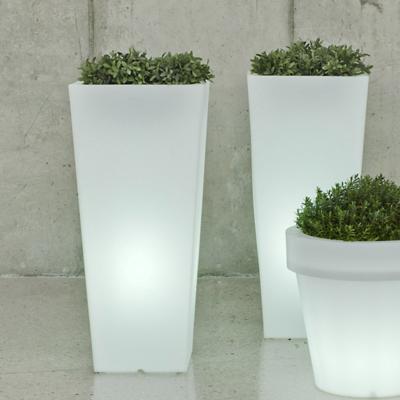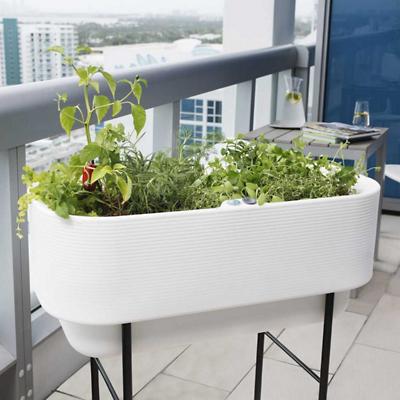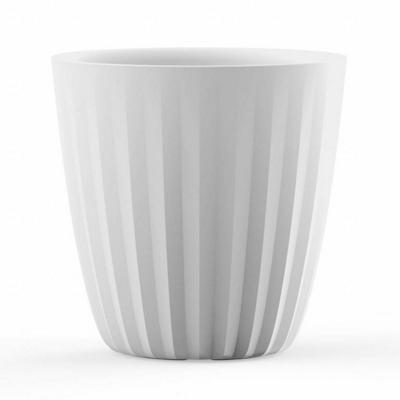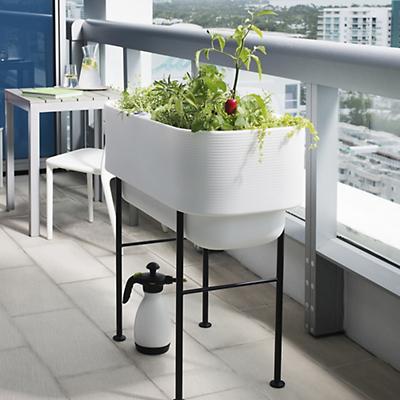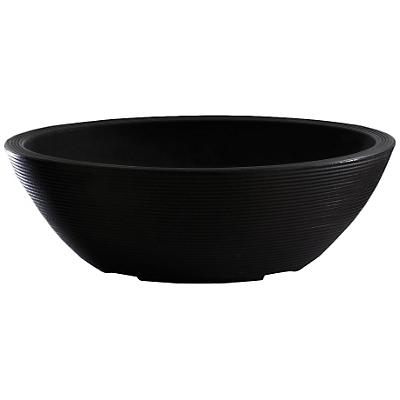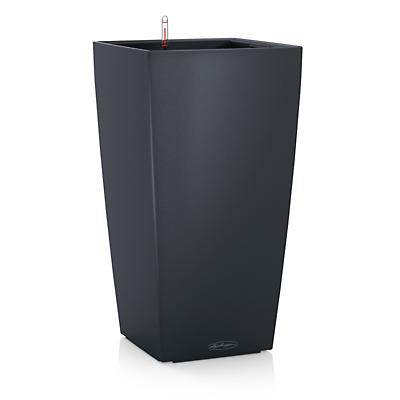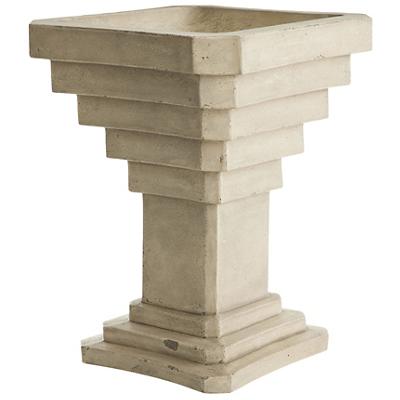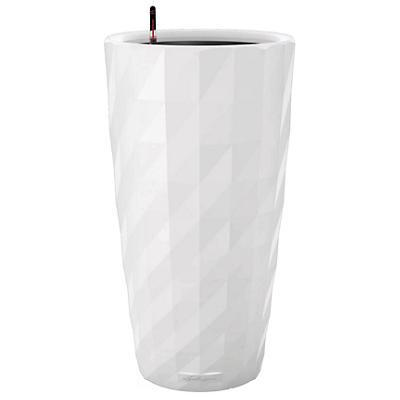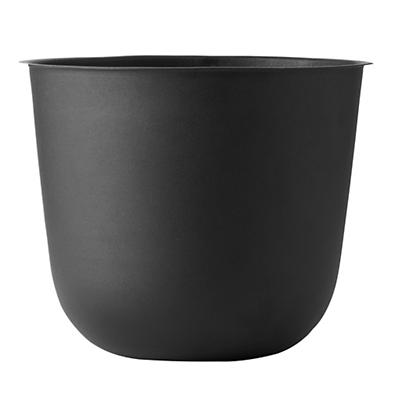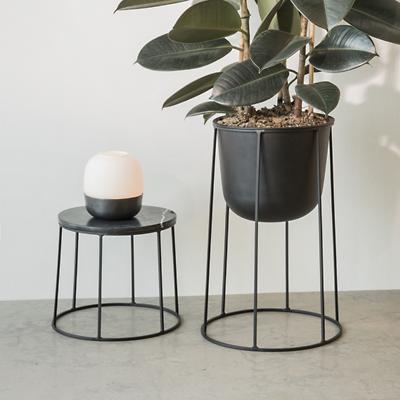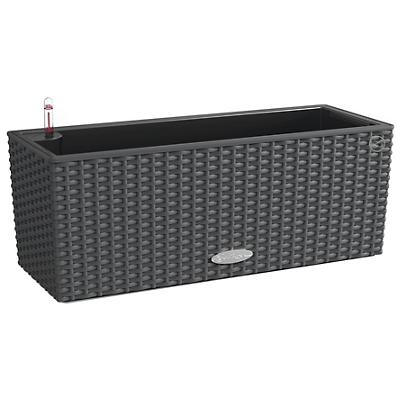-
Color$185 - $219(29)$369isproducttileimage https://images.lumens.com/is/image/Lumens/LECP374604_alt02?$Lumens.com-PRP-large$Color$19199Color$33750 - $35250isproducttileimage https://images.lumens.com/is/image/Lumens/CSGP155035_alt18?$Lumens.com-PRP-large$Color$5999 - $299(6)isproducttileimage https://images.lumens.com/is/image/Lumens/CSGP155004_alt07?$Lumens.com-PRP-large$Color$139 - $339(4)Color$695 - $1,505isproducttileimage https://images.lumens.com/is/image/Lumens/MENP369809_alt01?$Lumens.com-PRP-large$$185 - $310$139 - $599Color$320 - $1,535(1)isproducttileimage https://images.lumens.com/is/image/Lumens/CSGP155069_alt07?$Lumens.com-PRP-large$Color$149 - $499(2)Color$499 - $599Color$95(1)$550 - $818$6495 - $699Color$5499 - $299(2)Color$449 - $699(1)isproducttileimage https://images.lumens.com/is/image/Lumens/CSGP135200_alt03?$Lumens.com-PRP-large$Color$7995 - $149(1)isproducttileimage https://images.lumens.com/is/image/Lumens/LECP267947_alt01?$Lumens.com-PRP-large$Color$19199(1)$550Color$31399$7995(1)
Why We Love Indoor and Outdoor Planters
Planters are the perfect accessory for both indoors and out. A decorative planter in the corner of the living room or soaking up the sunshine in the backyard may seem like a small accessory, but you will be surprised how much it can change the look and feel of the space. Patio planters work well with outdoor furniture too, helping you to round out the look of your outdoor living area. From planter boxes to hanging planters and more, you are sure to find a planter that fits your interior or exterior style.
Where Modern Planters Work Best
This selection of planter boxes and planting pots can either be used inside or outside, depending on your personal preference. Outside, large outdoor planter boxes fit well in the garden and as an added accessory to the deck or patio. They provide eye-catching good looks and are an ideal accessory for outdoor entertaining and dinner parties. Inside, planters can find a home in almost any space where sunlight is present -- the kitchen, the living room, the entryway, the bedroom, etc. Indoor planters are either made available in the form of boxes that are placed on the floor or hung from overhead ceiling hooks. These designs indirectly plant modern style in your home, while also serving a functional purpose and helping to keep air fresh.
A Planter Box for Every Style
Despite your interior or exterior aesthetics, you'll find a planter here that works with your existing design preferences. In retro-inspired rooms, you'll love a mid-century modern planter from Hip Haven. Hip Haven's collection of planter boxes play homage to 1950s vintage originals and will accent any space inspired by mid-century design. Contemporary decks and patios benefit from a sleek, stainless steel planter by Blomus and the selection of planters from Vondom bring noticeable modern character to any area. Finally, if it is a strong pop of vibrant color you need, look to the options from Crescent Garden.
How to Choose the Best Patio Planter
These planters serve the fulfilling purpose of putting your favorite plants on display, but there are a few things to keep in mind when choosing one for your home. Depending on the location where a planter is needed, you will need to measure to find the right size. Big plants should be housed in a large planter box and placed in open areas, while smaller rooms like kitchen nooks and home offices are better suited with hanging overhead planters. You'll also want to keep in mind important design elements like the material the planter is made of, its shape and of course, its color. Try to choose designs that will seamlessly fit in with your existing decor. If you have any questions about the indoor and outdoor planters featured here, please call our home decor experts at 877.445.4486.
Other Considerations
Want to really make things simple? Then you'll want to choose a self-watering planter. The line of planters from Lechuza are not only a great contemporary accessory to any room, they also water themselves to make things easy for you. And if you love this selection of planters, you will want to see all of the gardening accessories available. From stylish watering cans to pinwheels and other garden tools, you will find just the right accessories to give your backyard a welcomed refresh.
Cat ID : 514
Indoor + Outdoor Planters
332 Results
332 Results
Filter
Filter Results
